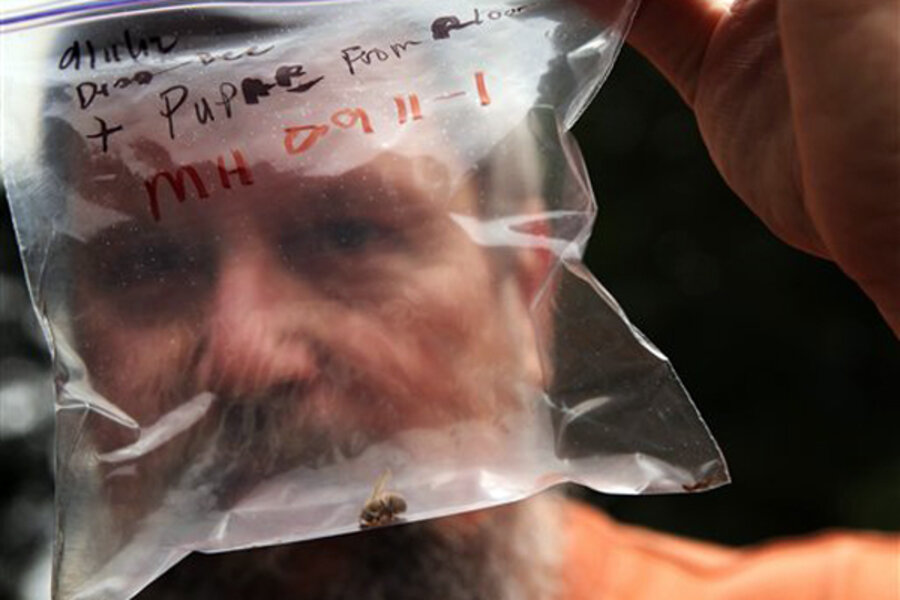Zombees: First 'zombie' bees found in Washington state
Loading...
| SEATTLE
The infection is as grim as it sounds: "Zombie bees" have a parasite that causes them to fly at night and lurch around erratically until they die.
And experts say the condition has crept into Washington state.
"I joke with my kids that the zombie apocalypse is starting at my house," said Mark Hohn, a novice beekeeper who spotted the infected insects at his suburban Seattle home.
Hohn returned from vacation a few weeks ago to find many of his bees either dead or flying in jerky patterns and then flopping on the floor.
He remembered hearing about zombie bees, so he collected several of the corpses and popped them into a plastic bag. About a week later, the Kent man had evidence his bees were infected: the pupae of parasitic flies.
"Curiosity got the better of me," Hohn said.
The zombie bees were the first to be confirmed in Washington state, The Seattle Times reported.
San Francisco State University biologist John Hafernik first discovered zombie bees in California in 2008.
Hafernik now uses a website to recruit citizen scientists like Hohn to track the infection across the country. Observers also have found zombie bees in Oregon and South Dakota.
The infection is another threat to bees that are needed to pollinate crops. Hives have been failing in recent years due to a mysterious ailment called colony collapse disorder, in which all the adult honey bees in a colony suddenly die.
The life cycle of the fly that infects zombie bees is reminiscent of the movie "Alien," the newspaper reported. A small adult female lands on the back of a honeybee and injects eggs into the bee's abdomen. The eggs hatch into maggots.
"They basically eat the insides out of the bee," Hafernik said.
After consuming their host, the maggots pupate, forming a hard outer shell that looks like a fat, brown grain of rice. That's what Hohn found in the plastic bag with the dead bees. Adult flies emerge in three to four weeks.
There's no evidence yet that the parasitic fly is a major player in the bees' decline, but it does seem the pest is targeting new hosts, said Steve Sheppard, chairman of the entomology department at Washington State University.
"It may occur a lot more widely than we think," he said.
That's what Hafernik hopes to find out with his website, zombeewatch.org. The site offers simple instructions for collecting suspect bees, watching for signs of parasites and reporting the results.
Once more people start looking, the number of sightings will probably climb, Hohn said.







